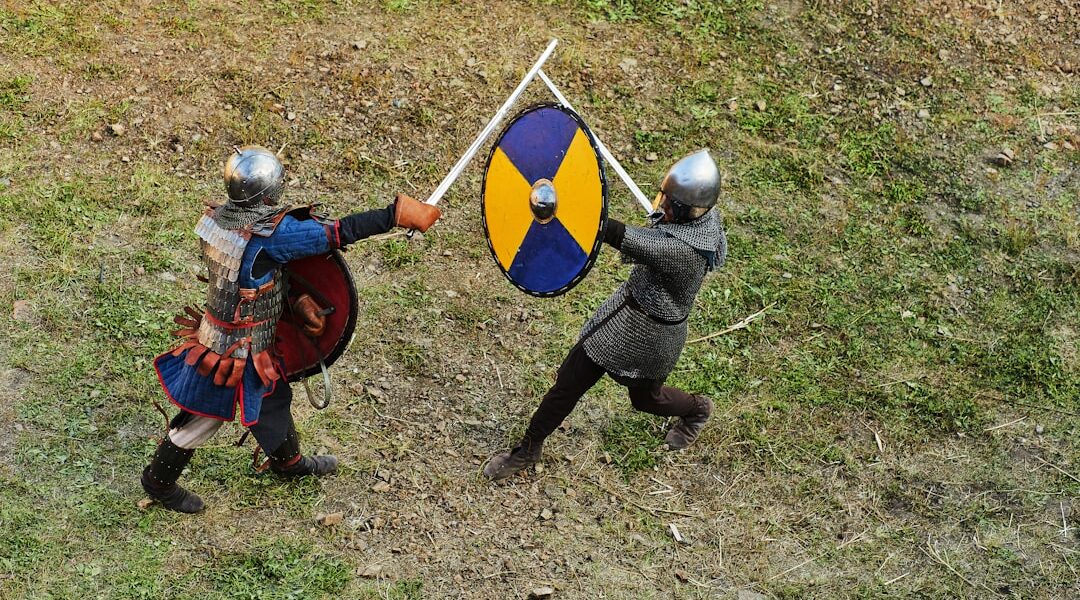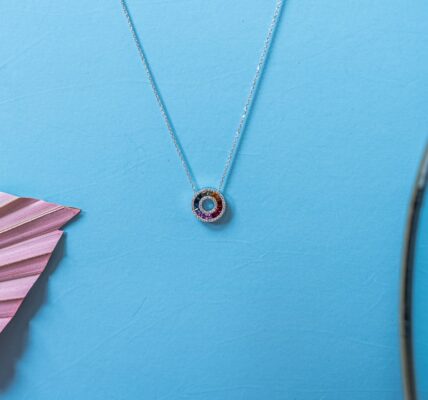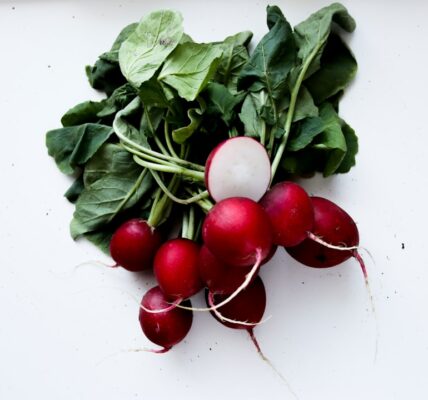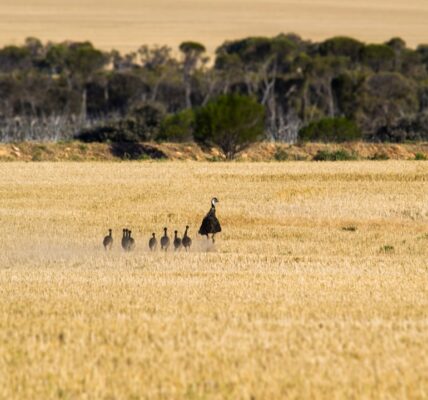Westeros, the primary continent in George R.R. Martin’s “A Song of Ice and Fire” series and its television adaptation “Game of Thrones,” features a diverse range of fashion styles influenced by medieval European aesthetics. Each of the Great Houses in Westeros has developed its own distinctive clothing and armor designs, reflecting their regional climates, cultural values, and political standings.
The fashion in Westeros serves as a visual representation of the social hierarchy and power dynamics within the fictional society. Noble families, such as the Lannisters, Starks, and Targaryens, typically wear elaborate and expensive garments made from high-quality materials. In contrast, the common people and lower classes tend to dress in simpler, more functional attire suited to their daily tasks and occupations.
Westerosi fashion encompasses a wide variety of garments, including ornate gowns, military uniforms, and ceremonial robes. The clothing often features intricate embroidery, precious metals, and gemstones, particularly among the nobility. Armor designs range from practical leather and chainmail to ornate plate armor adorned with house sigils and other symbolic elements.
The costumes and fashion choices in “Game of Thrones” play a significant role in world-building and character development, helping to immerse viewers in the rich and complex universe of Westeros.
Key Takeaways
- Westerosi fashion is heavily influenced by medieval European styles, with each Great House having its own signature look.
- The Great Houses of Westeros, such as the Lannisters and the Starks, are known for their distinct and recognizable fashion styles.
- Embracing the medieval aesthetic involves incorporating elements such as flowing gowns, rich fabrics, and intricate embroidery into one’s wardrobe.
- Accessorizing with Westerosi influence can include wearing jewelry adorned with house sigils, as well as belts and cloaks made from luxurious materials.
- Incorporating armor and military-inspired elements into fashion can add a bold and powerful statement to one’s look, drawing inspiration from the warriors of Westeros.
The Signature Styles of the Great Houses
The Opulence of the Lannisters
The Lannisters, renowned for their wealth and power, are often dressed in opulent and luxurious attire adorned with gold accents and rich fabrics. Their signature colors of crimson and gold are prominently featured in their clothing, symbolizing their wealth and status.
The Practicality of the Starks and the Regality of the Targaryens
In contrast, the Stark family embodies a more practical and rugged aesthetic, with fur-trimmed cloaks and earthy tones that reflect their connection to the northern wilderness. The Targaryens, with their dragon motifs and regal silhouettes, exude an air of mystique and power through their fashion choices.
The Distinctive Styles of the Remaining Great Houses
The Baratheons, with their bold stag sigil, favor strong lines and masculine silhouettes in their attire, reflecting their warrior ethos and strength. The Tyrells, known for their wealth and influence in the Reach, are often seen in elegant and floral-inspired designs that evoke a sense of natural beauty and abundance. The Martells of Dorne embrace a more exotic and sensual style, with flowing fabrics, intricate patterns, and bold colors that reflect the hot climate and fierce independence of their region. Each Great House’s signature style is a visual representation of their identity and plays a crucial role in defining their characters within the world of Westeros.
Embracing the Medieval Aesthetic

The fashion of Westeros is heavily influenced by the medieval period, with elements such as long flowing gowns, corsets, doublets, tunics, and cloaks being prominent features in both noble and common attire. The use of rich fabrics such as velvet, silk, brocade, and fur adds a sense of luxury and opulence to Westerosi fashion. Intricate embroidery, elaborate patterns, and detailed embellishments are also common in Westerosi attire, adding a sense of grandeur and sophistication to the garments.
The medieval aesthetic is also evident in the use of armor and military-inspired elements in Westerosi fashion. Knights and warriors are often seen wearing suits of armor adorned with house sigils and intricate designs that reflect their allegiance and status. The use of leather, metal accents, and chainmail further adds to the medieval feel of Westerosi fashion.
Whether it’s a noble lady attending a royal feast or a knight preparing for battle, the medieval aesthetic is a defining feature of Westerosi fashion that sets it apart from other fictional worlds.
Accessorizing with Westerosi Influence
| Category | Metrics |
|---|---|
| Popular Accessories | Brooches, cloaks, belts, and handbags |
| Color Palette | Rich jewel tones, earthy neutrals, and metallic accents |
| Materials | Leather, metal, fur, and embroidered fabrics |
| Inspiration | Medieval and fantasy elements from the world of Westeros |
Accessories play a crucial role in completing the Westerosi look, adding an extra layer of detail and symbolism to an outfit. Noble ladies often adorn themselves with intricate jewelry such as necklaces, earrings, bracelets, and brooches that feature house sigils or motifs that represent their family’s heritage. These pieces are often made from precious metals such as gold and silver and are adorned with gemstones such as rubies, sapphires, and emeralds, adding a touch of luxury to their attire.
Men in Westeros also accessorize with items such as cloaks, belts, boots, and distinctive house sigil pins that signify their allegiance to a particular Great House. These accessories not only serve a practical purpose but also add a sense of identity and belonging to the wearer. Additionally, accessories such as handbags, pouches, and belts are often adorned with intricate embroidery or embossed with house sigils, further adding to the overall aesthetic of Westerosi fashion.
Incorporating Armor and Military-inspired Elements
Armor and military-inspired elements are integral parts of Westerosi fashion, particularly for knights, warriors, and members of noble houses. Suits of armor are often adorned with house sigils, intricate designs, and embellishments that reflect the wearer’s allegiance and status within the realm. The use of leather, metal accents, chainmail, and plate armor adds a sense of strength and resilience to the attire, reflecting the martial culture of Westeros.
Military-inspired elements such as doublets, tunics, surcoats, and cloaks are also common in Westerosi fashion, particularly for men. These garments often feature bold colors, strong lines, and masculine silhouettes that evoke a sense of power and authority. Additionally, military insignia such as epaulets, braiding, and decorative buttons are frequently used to add an extra layer of detail to these garments.
Whether it’s a knight preparing for battle or a lord attending a royal court, the incorporation of armor and military-inspired elements is a key aspect of achieving the authentic Westerosi look.
Hair and Makeup: Achieving the Westerosi Look

Hair and makeup play a significant role in achieving the Westerosi look, adding an extra layer of authenticity to an outfit. Women in Westeros often wear their hair in elaborate braided styles or loose waves adorned with intricate hair accessories such as jeweled combs or tiaras. These hairstyles are often complemented by natural makeup looks that enhance the wearer’s features without appearing overly done.
Soft earthy tones such as browns, greens, and golds are commonly used to create a natural yet polished appearance. Men in Westeros often sport rugged hairstyles such as long locks or neatly trimmed beards that reflect their warrior ethos and rugged masculinity. Clean-shaven looks are also common among knights and noblemen who prefer a more polished appearance.
Additionally, subtle makeup techniques such as contouring and highlighting are used to enhance facial features without appearing overly theatrical. Achieving the Westerosi look through hair and makeup requires attention to detail and an understanding of the cultural norms and aesthetics within the realm.
Dressing for Different Regions in Westeros
The diverse regions of Westeros each have their own distinct climate, culture, and traditions that influence the fashion choices of its inhabitants. In the North, where harsh winters are common, fur-trimmed cloaks, heavy woolen garments, and sturdy leather boots are essential for staying warm and protected from the elements. The color palette in the North tends to be darker and more subdued, reflecting the rugged landscape and harsh climate.
In contrast, the Reach is known for its fertile lands and abundant flora, which is reflected in the fashion choices of its inhabitants. The Tyrells favor elegant gowns adorned with floral motifs, light fabrics such as silk and chiffon, and a color palette that evokes natural beauty and abundance. The Dornish region embraces a more exotic and sensual style influenced by its hot climate and fierce independence.
Flowing fabrics, bold colors, intricate patterns, and lightweight garments are common in Dornish fashion. The diverse regions of Westeros offer a rich tapestry of fashion influences that reflect the unique characteristics of each area. Whether it’s embracing the rugged aesthetic of the North or the exotic allure of Dorne, dressing for different regions in Westeros requires an understanding of the cultural nuances and environmental factors that shape the fashion choices within the realm.
In conclusion, Westerosi fashion is a rich tapestry of medieval influences, noble aesthetics, military-inspired elements, and regional diversity that bring the world of “Game of Thrones” to life. From the opulent attire of noble families to the practical garments worn by common folk, Westerosi fashion is a visual feast that reflects the social hierarchy, power dynamics, and cultural diversity within the realm. Embracing the signature styles of the Great Houses, incorporating armor and military-inspired elements, accessorizing with Westerosi influence, achieving the authentic look through hair and makeup techniques, and dressing for different regions in Westeros are all essential aspects of capturing the essence of Westerosi fashion.
Whether it’s attending a royal feast at King’s Landing or preparing for battle on the fields of Westeros, embracing the fashion of this fictional world allows fans to immerse themselves in its rich history and cultural tapestry.
If you’re a fan of Game of Thrones fashion, you’ll love this article on the top 10 fashion moments from the show. From the iconic fur capes to the intricate armor, the costumes in Game of Thrones were a major part of the show’s appeal. Check out the article here to see some of the most memorable looks from the series.
FAQs
What is Game of Thrones fashion?
Game of Thrones fashion refers to the clothing and costumes worn by characters in the popular television series Game of Thrones. The show is known for its elaborate and detailed costumes that reflect the different regions and cultures within the fictional world of Westeros.
Who designs the costumes for Game of Thrones?
The costumes for Game of Thrones are designed by costume designer Michele Clapton, who worked on the show for the first five seasons. She was later succeeded by April Ferry and then Michele Carragher. The costumes are created by a team of talented costume designers and artisans.
What influences the fashion in Game of Thrones?
The fashion in Game of Thrones is influenced by a variety of historical and cultural references, as well as the geography and climate of the different regions in the show. The costumes are designed to reflect the social status, personality, and storyline of each character.
Are Game of Thrones costumes historically accurate?
While the costumes in Game of Thrones are inspired by historical and cultural references, they are not always historically accurate. The designers take creative liberties to create a unique and fantastical world that is visually stunning and fits within the narrative of the show.
How has Game of Thrones fashion influenced real-world fashion?
The fashion in Game of Thrones has had a significant influence on real-world fashion, inspiring runway collections, costume parties, and themed events. The show’s iconic looks have also been replicated and adapted by fashion designers and enthusiasts around the world.




